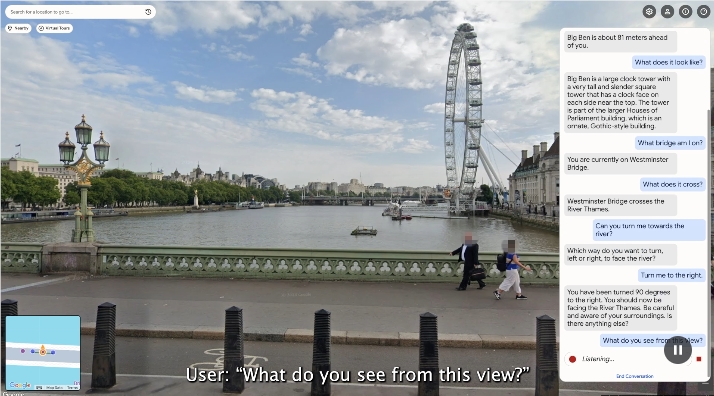On October 15th, WeRide officially launched its next-generation mass-produced Robotaxi — the GXR. Drawing on over 1,800 days of public operation experience in the Robotaxi sector, the GXR possesses L4-level capabilities for public road operations, adeptly handling complex scenarios such as rush hours, mixed traffic, and nighttime high-speed driving.
The GXR features a fully redundant system in architecture, F-O steer-by-wire chassis, computing units, braking, and more, effectively preventing single-point failures. The new HPC2.0 high-performance computing platform offers over 1,300 TOPS of AI computing power, efficiently meeting the vehicle's computational needs. In terms of perception, the GXR is equipped with WeRide's latest Sensor Suite 5.6, including over 20 sensors such as high-performance, low-cost LiDAR, high-definition, high-dynamic cameras, and RTK high-precision integrated navigation modules.

The GXR boasts a super-long vehicle length of 5,018mm, a cabin height of 1,340mm, and a long wheelbase of 3,100mm, with the elimination of the front passenger seat achieving the best "room rate" in the Robotaxi field. Additionally, the GXR introduces a hidden B-pillar design, allowing both front and sliding doors to open simultaneously, and features a designated personal luggage area that can accommodate at least one backpack and one 22-inch suitcase.
WeRide noted that after the GXR's public operation commences, passengers can use the "WeRide Go App" to check the operational areas of the GXR and experience a ride. As one of the early entrants into the L4 autonomous driving arena, WeRide has been conducting R&D, testing, and operations in autonomous driving across 30 cities in 7 countries worldwide, covering applications in smart mobility, smart freight, and smart sanitation.










